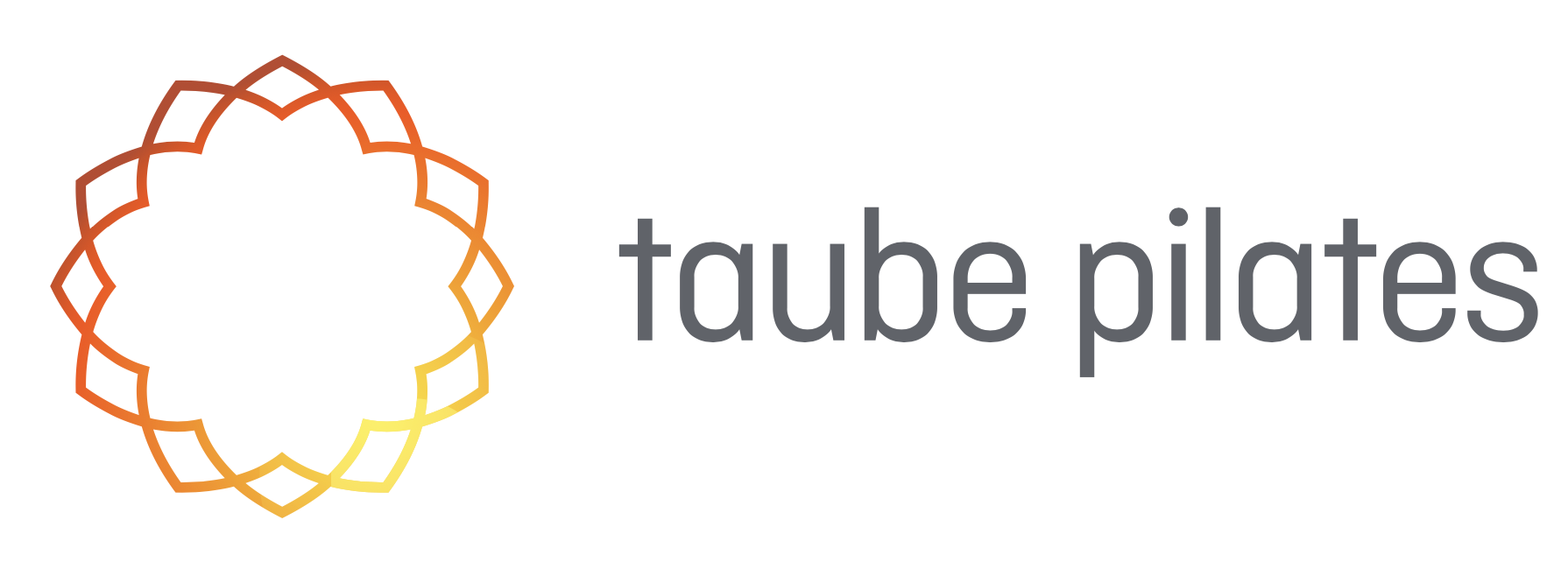Pregnancy is a transformative and exciting journey that comes with its own set of physical and emotional changes. Staying active during pregnancy is not only safe but also beneficial for both the mother and the growing baby. Engaging in regular exercise can help alleviate discomfort, boost mood, improve circulation, and promote overall well-being. However, it’s essential to approach exercise with caution and adhere to specific guidelines tailored to the unique needs of pregnant women.

Consult Your Healthcare Provider: Before starting any exercise routine during pregnancy, it’s crucial to consult your healthcare provider. Every pregnancy is different, and your doctor can assess your individual health, medical history, and any potential complications to provide personalised recommendations. You may also need to consult your GP, obstetrician or physiotherapist if you have pelvic pain in pregnancy.

Prioritize Safety and Comfort: Listen to your body and prioritise comfort throughout your workout. Wear supportive footwear and loose, breathable clothing. Stay hydrated, and avoid overheating by exercising in a well-ventilated space.
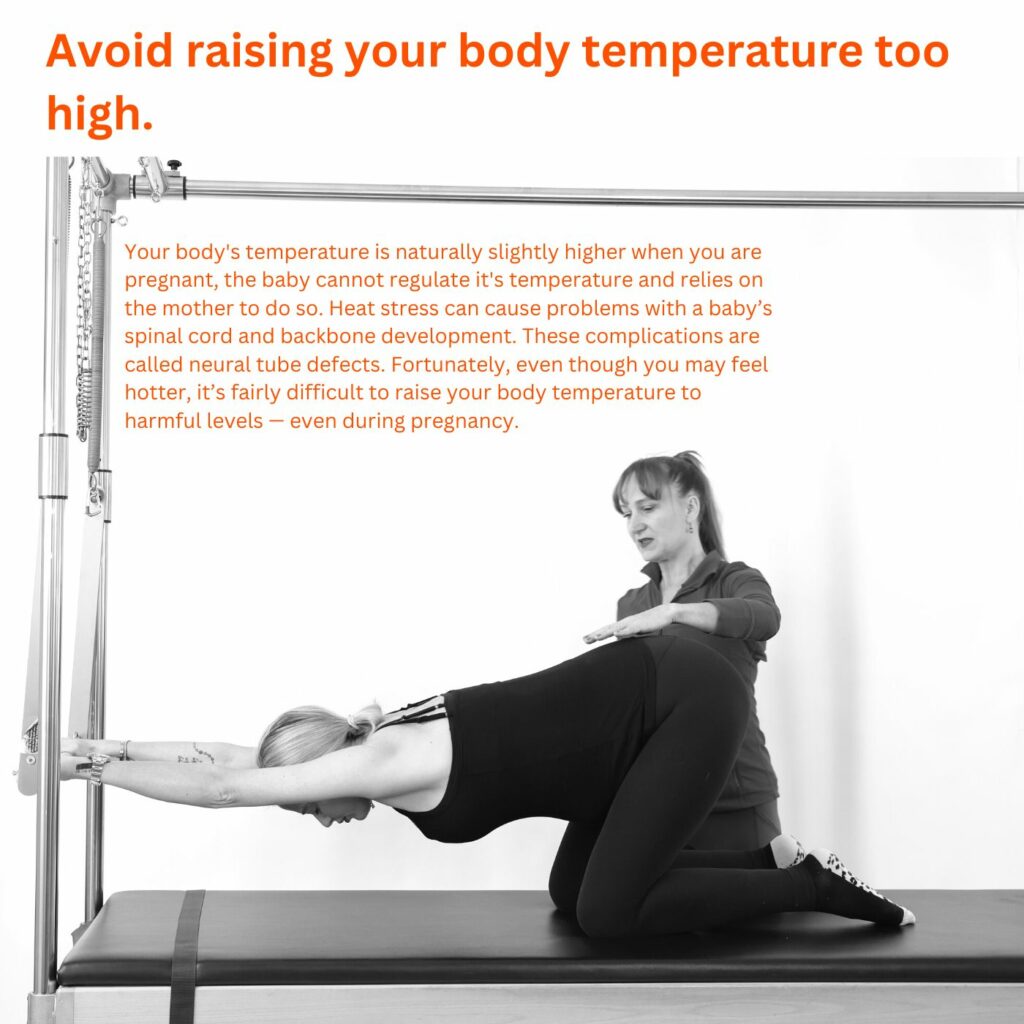
Choose Low-Impact Activities: Opt for low-impact exercises that reduce stress on your joints and minimize the risk of injury. Activities like walking, swimming, stationary cycling, and prenatal Pilates are excellent choices as they help maintain fitness without excessive strain.
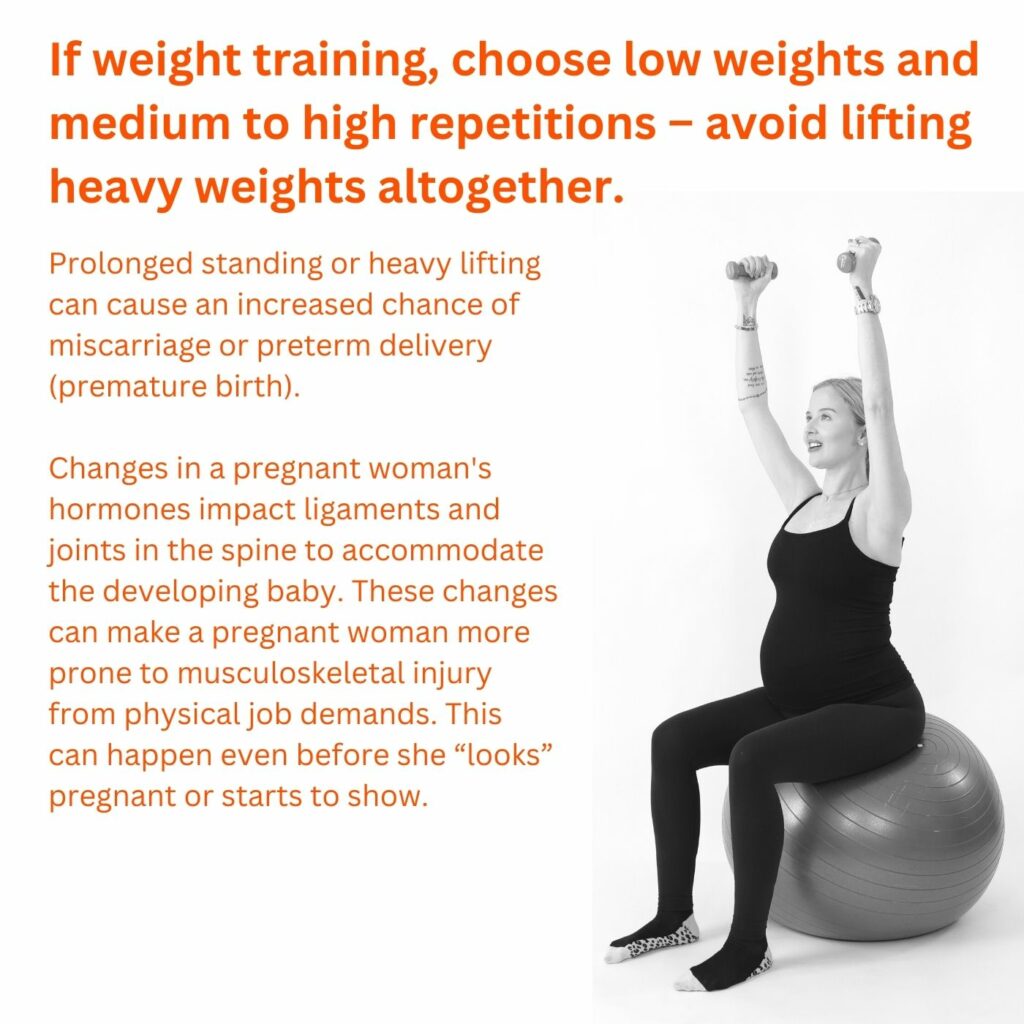
Modify Your Routine: As your pregnancy progresses, your body’s capabilities will change. Modify your exercises accordingly. For example, avoid exercises that involve lying flat on your back after the first trimester to prevent pressure on a major vein that returns blood from your lower body to your heart.
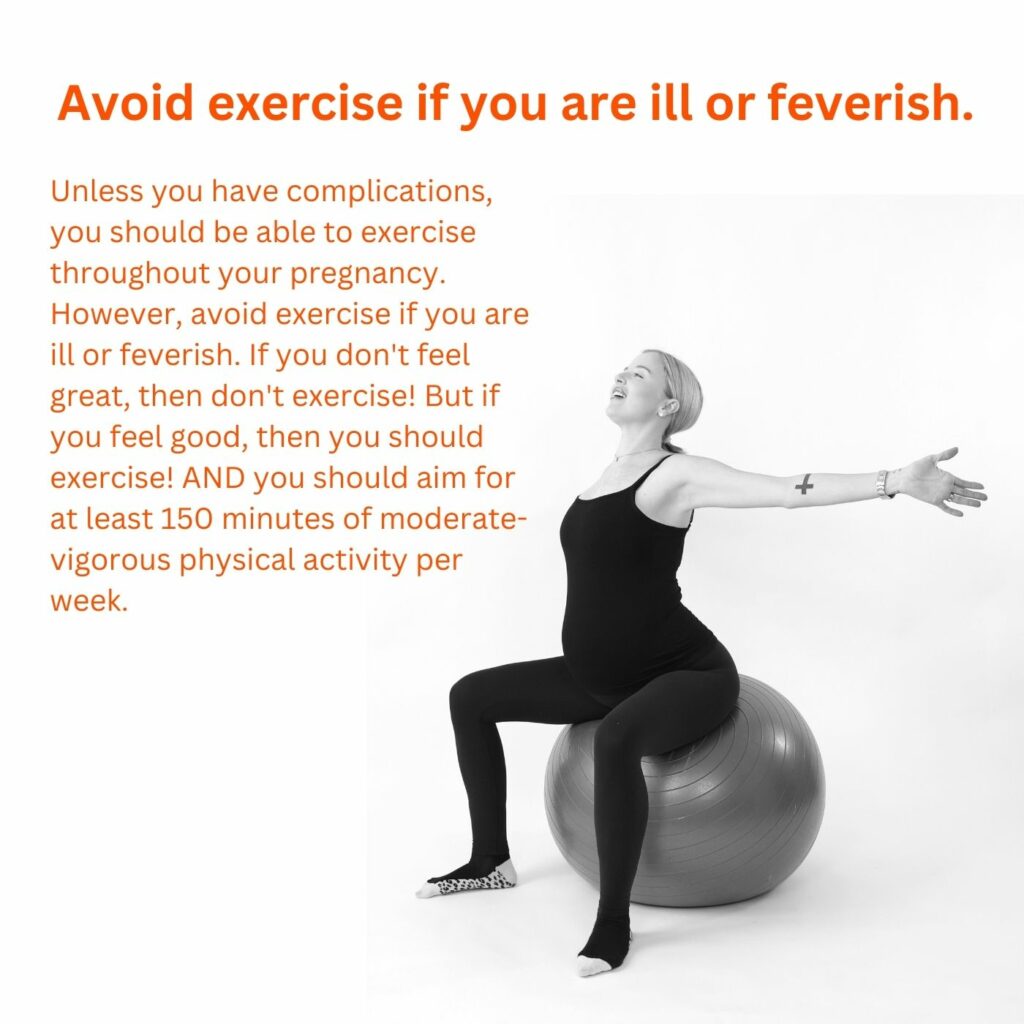
Focus on Core Strength: Engaging your core muscles can help support your growing belly and improve posture. Pelvic tilts, gentle abdominal contractions, and exercises that target the transverse abdominis can contribute to core strength.
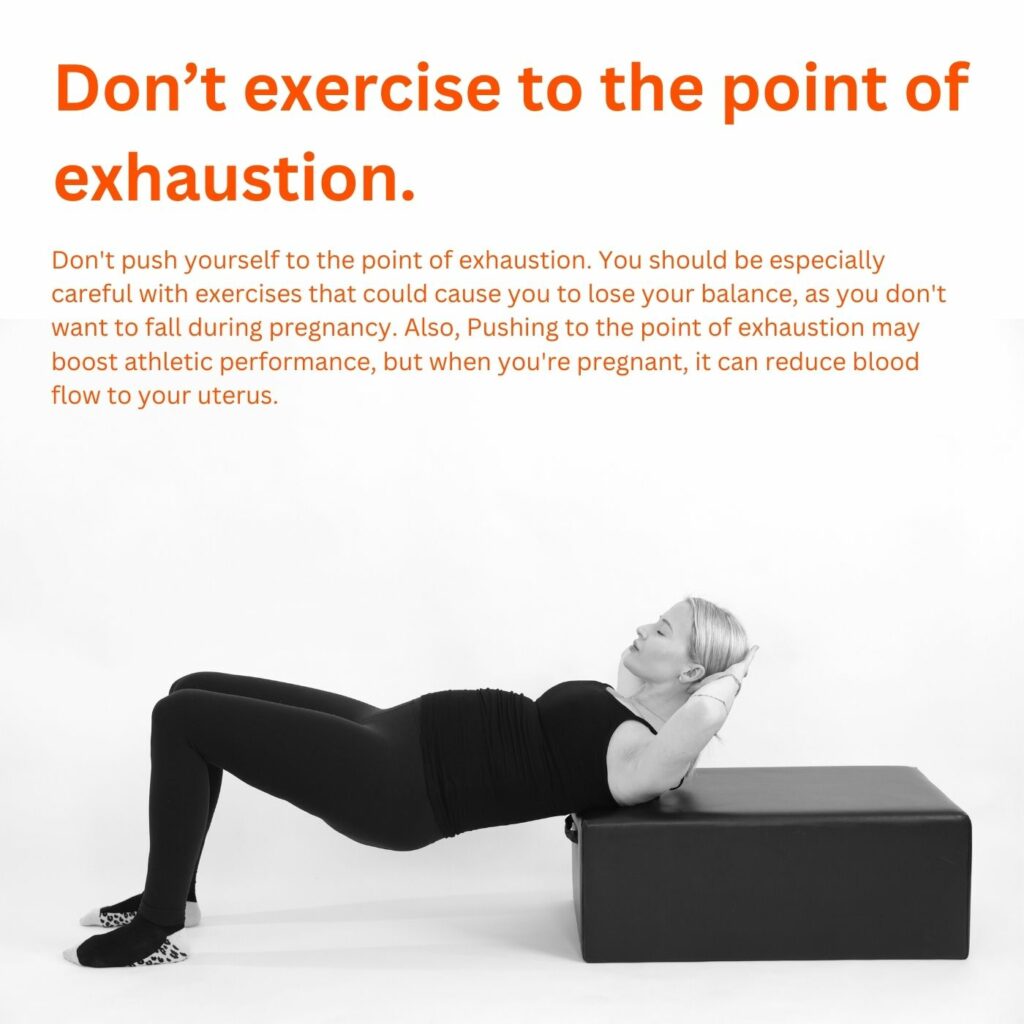
Pelvic Floor Exercises: Performing pelvic floor exercises, often referred to as Kegels, can help strengthen the muscles that support the uterus, bladder, and bowels. Strong but stretchy pelvic floor muscles can aid in preventing urinary incontinence and support the birthing process. Work the pelvic floor in the eccentric contraction, so lengthening the muscles (under the tension of gravity) so as to create stronger and also stretchier pelvic floor muscle structure in preparation for an easier delivery. So a lift followed by a slow relaxation of the pelvic floor so that during delivery women know how to relax these muscles. We need to not focus on lifting lifting lifting, we need also the relaxation. Of too much lifting and not followed by relaxing you can end up with painful and over active pelvic floor muscles! Ouch! And no one wants to deliver through a hypertonic pelvic floor!
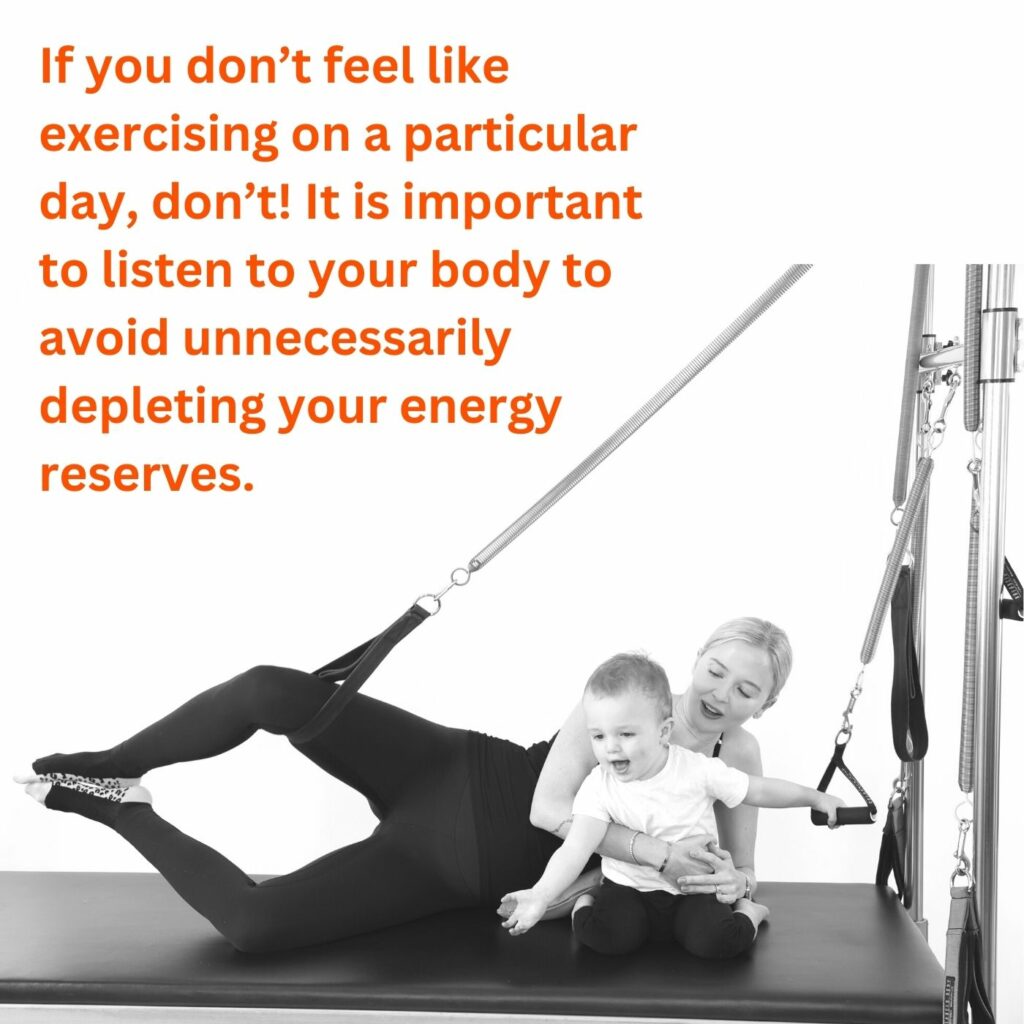
Avoid Overexertion: While exercise is beneficial, overexertion should be avoided. Aim for moderate intensity workouts, and if you find yourself out of breath or unable to hold a conversation while exercising, slow down or take a break.
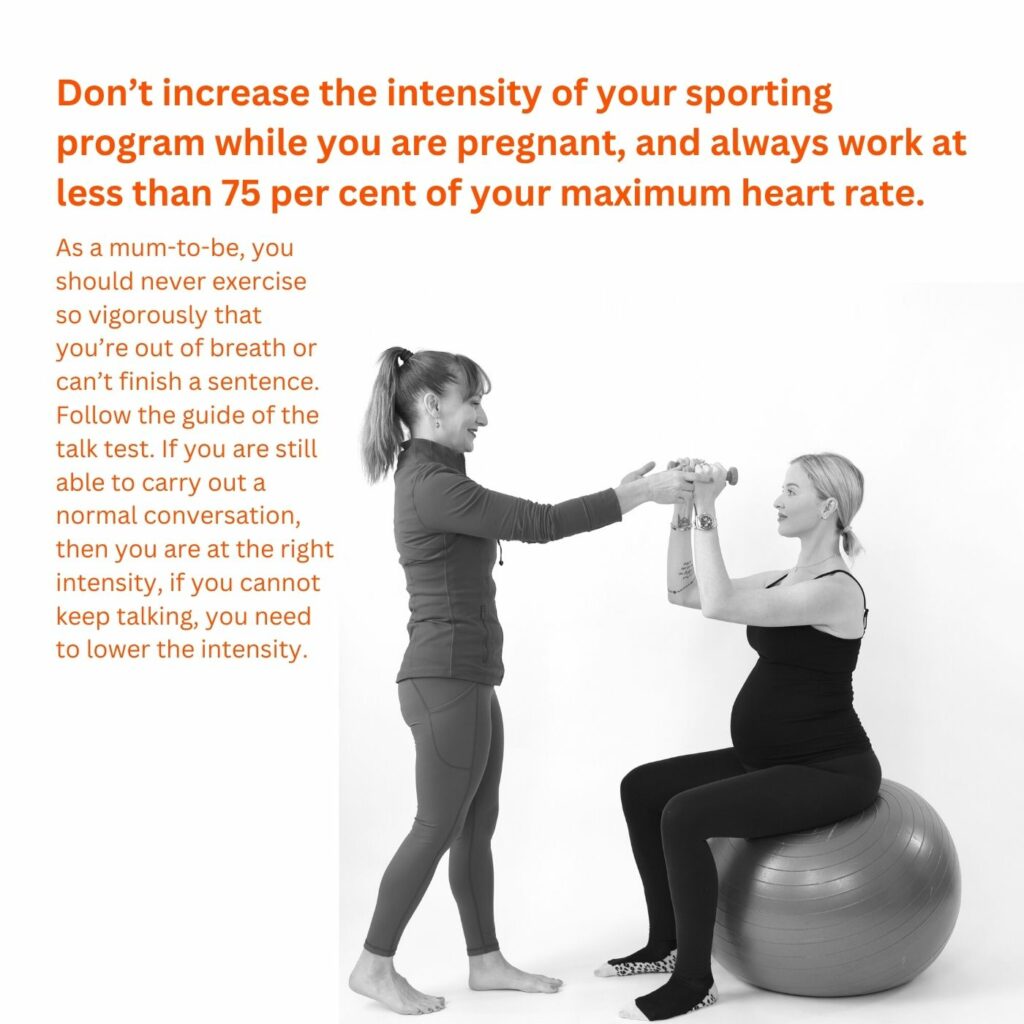
Stay Mindful of Balance: As your center of gravity shifts during pregnancy, your balance may be affected. Engage in exercises that promote balance, like gentle tai chi or single-leg standing poses in yoga, to help prevent falls.
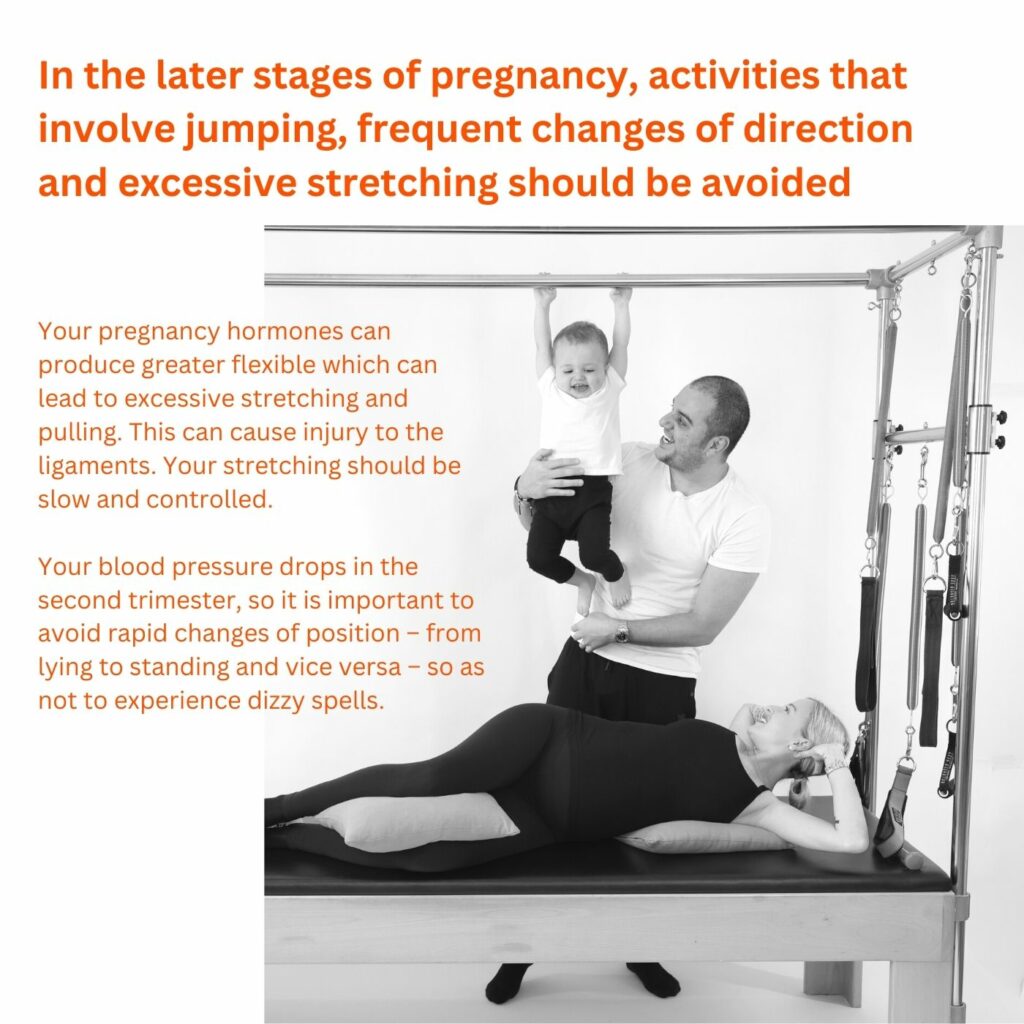
Posture Awareness: Maintaining good posture is essential to prevent strain on your back and neck. Be mindful of your alignment during exercises and daily activities.
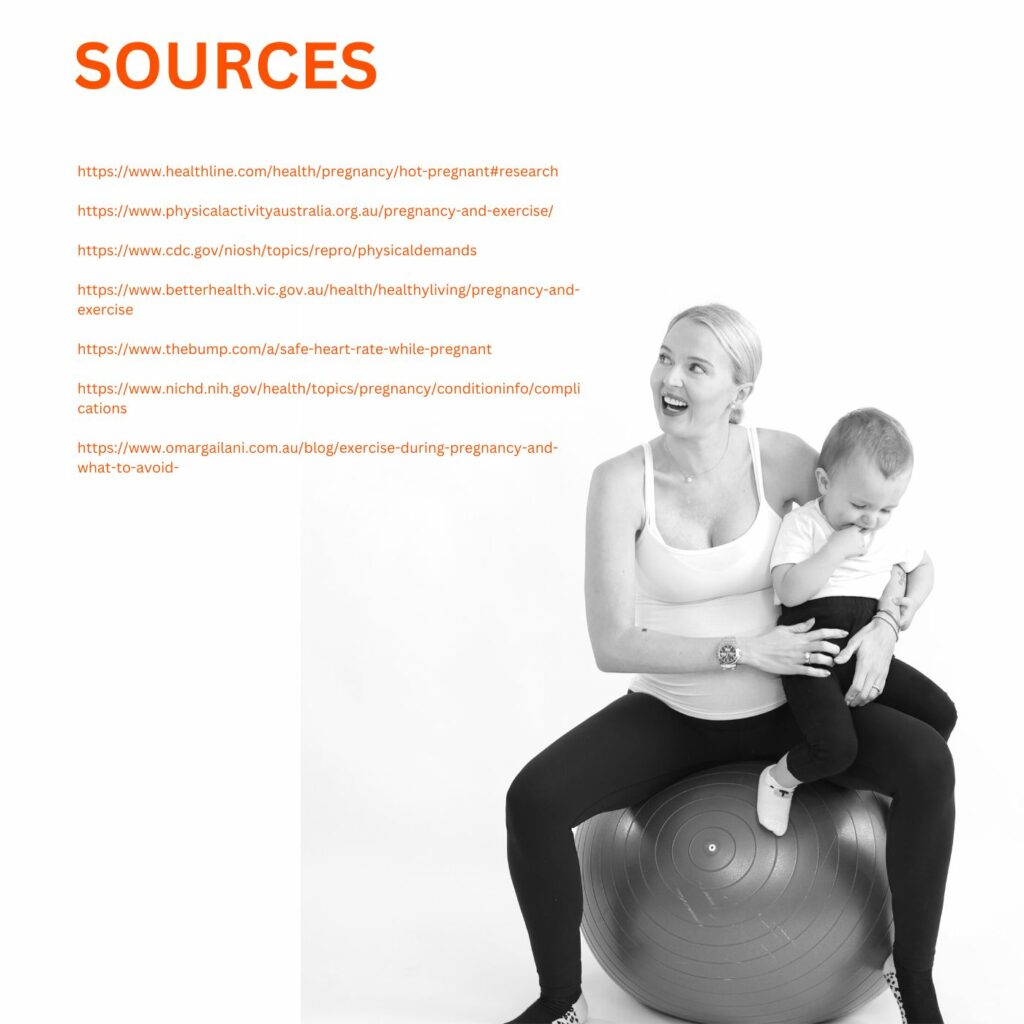
Staying active during pregnancy can contribute to a healthier and more comfortable journey for both you and your baby. By following these exercise guidelines and listening to your body, you can maintain your fitness, alleviate common discomforts, and embrace this special time in your life with confidence and vitality. Remember, your well-being is paramount, so always prioritize safety and consult your healthcare provider before embarking on any exercise routine during pregnancy.
If you would like to learn more, please checkout my Pilates Pregnancy and Postnatal online course.
